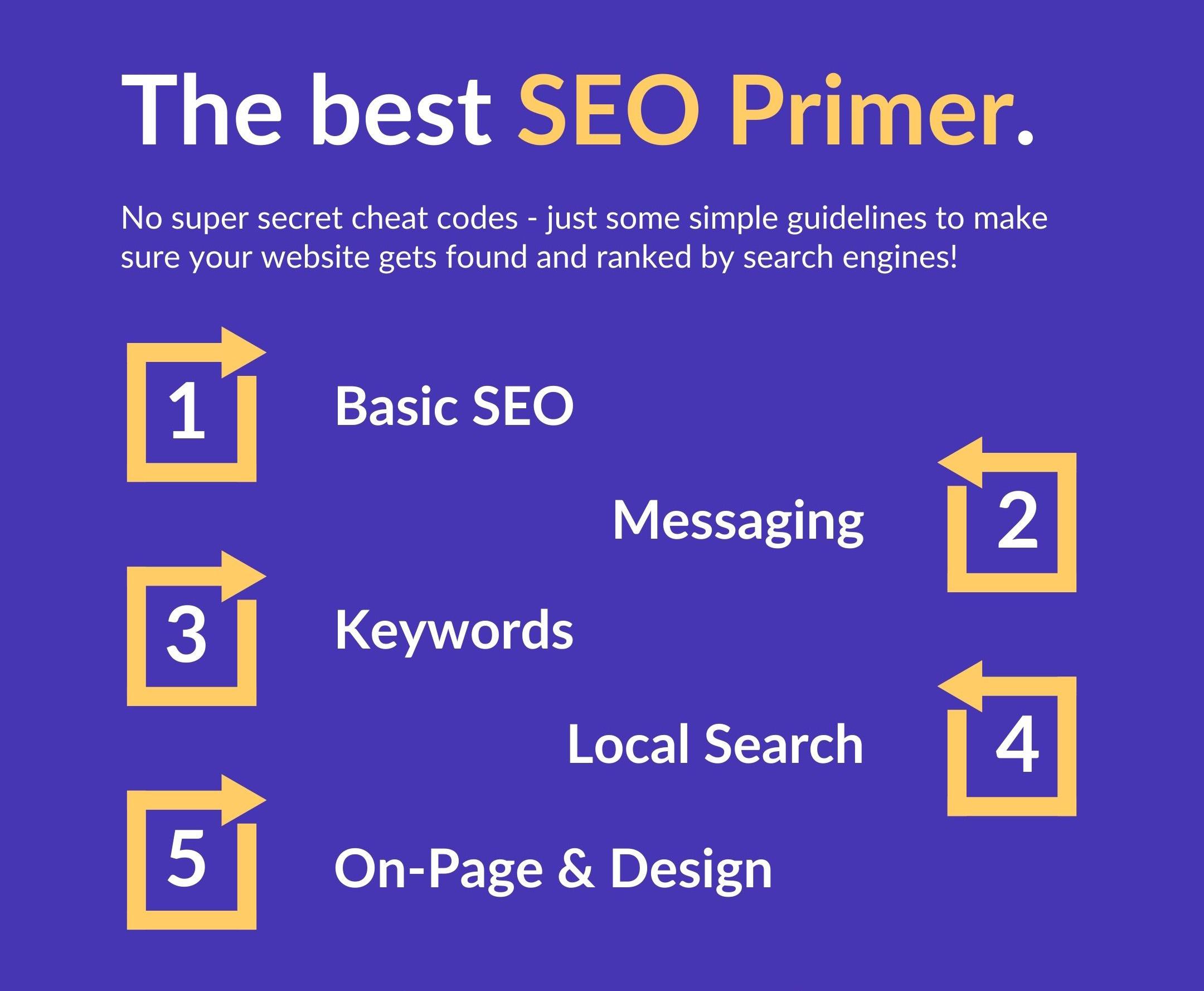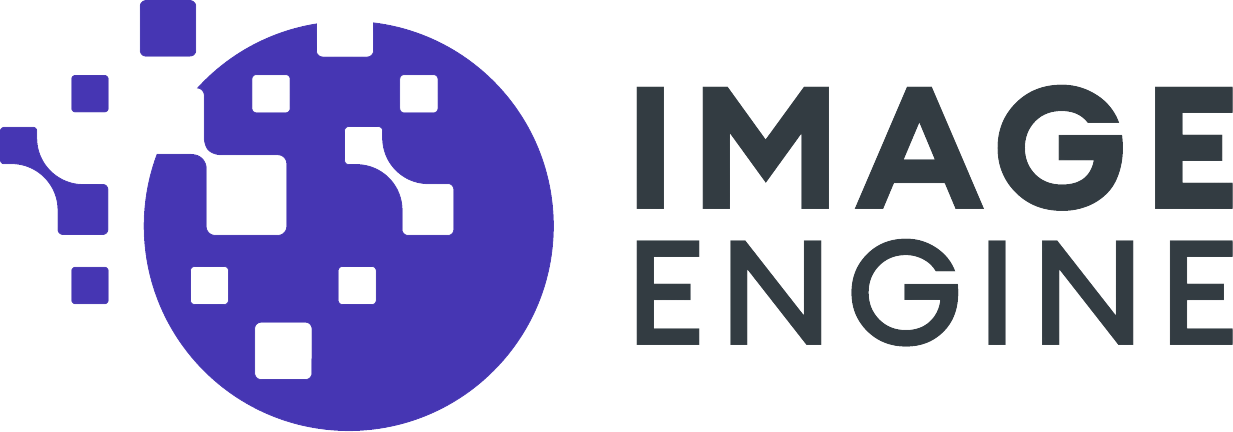GIF, BMP, JPEG, PNG, TIFF, JPEG 2000, JPEG XR, SVG, WebP, AVIF...
There are so many image formats to choose from when building a website. How should a website developer choose image formats for the best performance and quality? With so many formats, it is tough to select the right options. With all the different desktop, smartphone, and tablet operating systems and browser combinations, developers are faced with the daunting task of serving the most efficient image format. The workflow and coding required to do it right are more than most developers have time or skills to do once, much less maintaining and updating the system for thousands of images.
Now with the AVIF image format promising up to 0% image payload reduction and negligible quality tradeoffs, developers should consider yet another next-generation image format. How should a developer choose and implement image format options?
New Image Formats: Confusing Options
While it is great to have multiple next-generation image format options, it complicates planning and coding when which format and how to select the image format is increasingly complex. Developers need to evaluate the tradeoff between optimizing for quality, image payload size (and page load speed), and code complexity. And each new format makes that tradeoff analysis more difficult to navigate.

Look no further for your SMB SEO Guide - this is the only one you'll need.
The optimal and easiest solution is to use an image CDN. An image CDN is purpose-built to navigate the jungle of image formats and safely deliver high-quality, high-performance images.
Image CDNs like ImageEngine will automatically integrate new formats like AVIF when browsers support them, and they yield superior performance. They also provide support for JPEG2000, WEBP, and even GIF-to-MP4 conversion. The result is a smaller image payload, faster page loading, and no perceptible change in quality.
On average WebP is better than JPEG, and AVIF is better than WebP. This is true until you encounter the corner cases. This might be OK for most of us, but for eCommerce and other industries where you manage thousands of images that are crucial to business results, it might be too soon to start converting all images to AVIF. You can, of course, choose to maintain all formats, JPEG, WEBP, and AVIF, but like Jake Archibald from Google says:
“Unless it’s automated, offering up 3 versions of the same image is a bit of a pain, but the savings here are pretty significant, so it seems worth it, especially given the number of users that can already benefit from AVIF.”
An image CDN like ImageEngine with AVIF support is the safest bet when you want to relieve yourself of the pain of managing multiple image formats and, at the same time, be certain that your users get the best visual quality at the lowest file size.